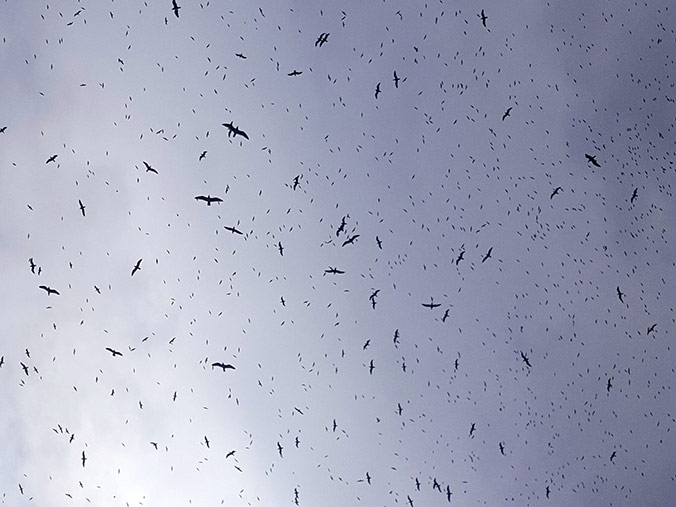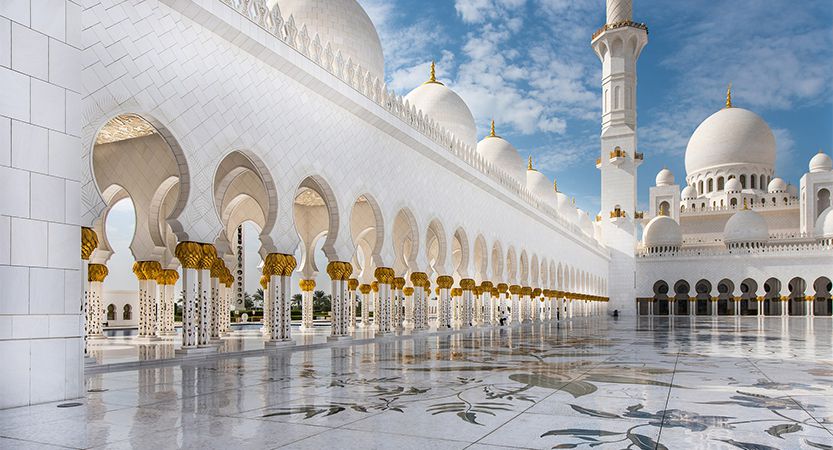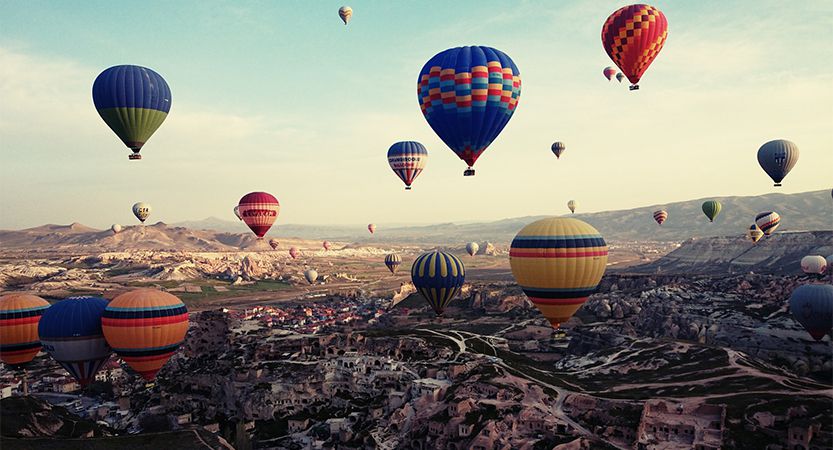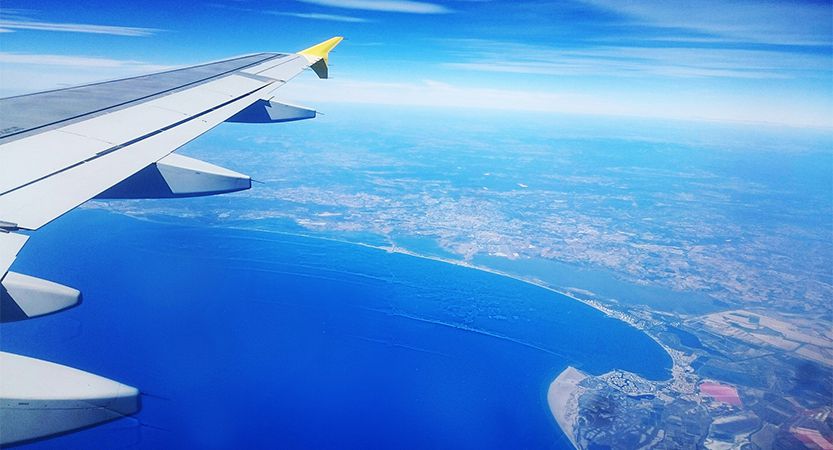On our recent trip to Las Vegas I was lucky enough to insinuate myself onto a guided tour of a fascinating and overlooked piece of Sin City’s heritage, the Neon Boneyard. It was an extremely near-miss, owing to my propensity to not really know what day or time it was, but luckily just that week they’d moved from doing 1 tour a day to 2, and was able to overcome the fact that I’d incorrectly written down the time I was actually booked in for. I first read about the boneyard on Boing Boing, a nerd culture blog that I sometimes read.

Back in the days of Old Vegas, the casinos and other businesses decided that to attract attention to their businesses they would put up fancy illuminated signs – primarily provided by YESCO, the Young Electric Sign Company. Once a sign had outlived its usefulness, rather than dispose of the scarce bits, YESCO would drag the carcass over to a “boneyard”, where parts could be liberated and put into other signs. The Neon Museum have gotten hold of a load of these retired signs, and the result is a fascinating glimpse into all sorts of things – the history of Vegas, the advances in technology over the time these things have been around, and developments in fashion & ideas through the design and typefaces used. And of course each sign comes with a story.
The museum are in the process of building a new dedicated visitors’ centre to provide a permanent gateway to this fascinating collection (rather than the fairly low-key breezeblock office they currently operate out of), and they’ve acquired the old lobby structure of the La Concha Motel – a pleasingly Jetsons-like structure, which should look great after restoration.

The boneyard tour saw us winding around between the signs, with tour guide Justin sharing his knowledge about each. Highlights were The Silver Slipper – once a Vegas icon which people flocked to see: a great big rotating slipper on a post, and all covered in lightbulbs. The best bit of trivia related to it was that the eccentric millionaire Howard Hughes, who lived opposite, was convinced that one of the sockets missing a bulb housed a camera in it, and the CIA were spying on him through it.

The collection also holds the original and revised signs from the Stardust Casino – the original having an angular sci-fi typeface, and the sign shaped like a pink mushroom cloud showing the pride that people felt in the progress being made by the nearby nuclear testing that was taking place at the time.
The old giant skull from the Treasure Island casino (before its rebranding to “TI”) lives in the museum, and can be seen from the satellite photo, staring up into the sky.
My favourite was probably the big pool-playin’ dude, with the big metal mullet. Justin said they didn’t know where he came from, but how could you throw something like that away, right? Another great story was about the clock on the stores & produce sign (which I neglected to photograph) – apparently it was one of the few working & publicly visible clocks in Vegas (as Casinos discourage people having any idea of how long they’ve been spending gambling), so many people would glance at this on the way past. However before it was made an electric clock the wind would affect the pendulum’s swing, so it was seldom approaching accurate anyway.

As well as collecting old signs, the museum also undertakes restoration projects, such as the golden lamp from Aladdin’s Casino, found in Downtown Vegas. Ultimately they’d like to restore all of the signs to their former glory, and this was where my conscience started to bug me – I do think it’s important and interesting to preserve history, however to get each of these signs working again represents more electricity that’s got to be consumed, so unless they also come up with a renewable fuel source for it all it just adds to the USA’s already extremely dodgy environmental credentials.

The Neon Boneyard is currently only open for visit by prearranged tour, and they only allow non-commercial photography unless previously arranged. I would be interested to see what happens with this place, and who knows – should I visit Vegas again in the future I might look them up. The rest of the photos are in my Flickr set: The Neon Boneyard.





